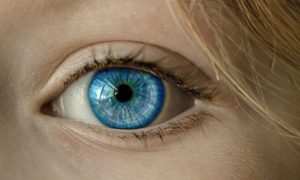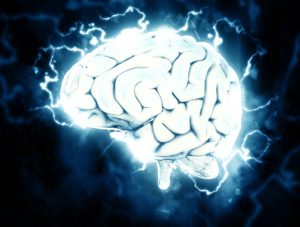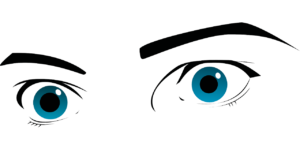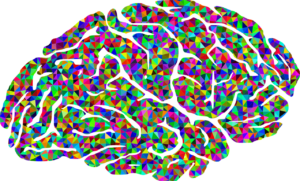Eye Vitamins 1 [Show Notes]

Eye Vitamins
- Vitamin C: helps make collagen, allows iron to be absorbed, and acts as a neurotransmitter co-factor (helps in the process of creating and sending messages).
- Vitamin E: antioxidant, it traps up free radicals so they don’t damage cells in important organs.
- Beta-Carotene: a pre-cursor to Vitamin A (this happens in your liver). Vitamin A works with proteins in your eyes to create light-sensitive molecules to aid in color vision and seeing in dim light.
- Zinc: helps Vitamin A know where it’s needed in the body and helps it get there.
- Selenium: helps the body absorb Vitamin E.
- Calcium: vital for muscle and nerve conduction (think electricity).
Bonus
Depending on what nutrient is missing to cause anemia, the red blood cells will have a certain appearance.
Some vitamins are fat soluble. They hang out in your adipose tissue, and can cause problems if you get them in too large amounts.
Connect with me
Support us on Patreon
*NEW* Join the Pharmacist Answers Podcast Community on Facebook
Subscribe: iTunes, Stitcher, GooglePlay, TuneIn Radio
Music Credits: “Radio Martini” Kevin MacLeod (incompetech.com) Licensed under Creative Commons: By Attribution 3.0 http://creativecommons.org/licenses/by/3.0/









